If you are looking for an upgrade over the stock halogens on your car headlights to increase the night time visibility on the road. You must have come across the two major lighting upgrades over halogens are, LED and HID headlights. One can easily get confused about which option should he go for between the two famous lighting solutions due to the vast variety in the market. Also, there is no day and light difference between the two lighting solutions in terms of their brightness and beam pattern, so choosing the right one is more of a personal opinion about which trade-offs you are ready to take. We have compared the two solutions below in a number of segments to help you choose the best one for you.
Design and Working
HID
HID is a tried and tested lighting solution for car headlights and the technology has matured enough over time with some good quality HID lights in the market. HIDs work quiet differently than LEDs. HIDs have an inner Quarts chamber that houses two electrodes, which by producing a spark, turns the mixture of metals and gases inside to a plasma. This plasma then ejects a bright visible light in all directions from the bulb. There is an outer protective bulb on the HIDs which houses the quartz chamber inside. The electrodes receive high voltage AC current generally in 30 to 40 thousand volts which is outputted by the ballast powered by the car batteries. HIDs tend to have a greater number of components which include the bulb, driver, ballast, and relays along with solenoids for high beam in single bulb headlights.
LED
LED is a much newer technology in the automotive lighting segment and is currently evolving day by day with better implementation and generational improvements from brand to brand. LEDs have a much robust design and fewer components when compared to HIDs. They are usually plug-n-play when replacing your stock halogen lights. LED lights produce light by passing current through light-emitting diodes, which emit light as current passes through the diode junction. There are no moving parts involved in LEDs, it's all based on electronics. A light-emitting diode has a much lower operating temperature than a halogen filament or HID bulb, hence it needs to be cooled with a heat sink assembly fused with the diode. The heatsink is often cooled with a small fan attached to it as well.
Brightness
One of the main reasons for upgrading over stock, halogens is increasing the on-road visibility. Higher brightness mostly translates to better visibility considering a decent beam pattern. HIDs had the lead over all other lighting solutions over the past decade for providing the brightest light up to 6-7000 lumens in real life. But as LED technology has started to develop and more and more companies have invested in R&D in LED technology due to its simple and robust design. Good quality LEDs have started to match and even surpass the brightness offered by the best HIDs in the market. LEDs with higher efficacy are now much easier to procure in the market which provide the brightest light while keeping the power consumption down.
So, in the current market scenario, you won’t go wrong by opting for any of the two lighting solutions, only if you opt for a decent brand with good reviews and decent quality such as NOVSIGHT.
Efficiency
Both HID and LEDs are much more efficient than typical halogen bulbs which produce light with a hot glowing wire. LEDs come on the top in terms of efficiency as they convert 80-90% of the power into visible light instead of heat. HIDs convert almost 60-70% of the electrical power input to visible light. The rest power is wasted in producing heat or infrared radiation.
Good quality LEDs can have a light efficacy (brightness or lumens per watt) of 150-200 lumens whereas HIDs cap out around 130. Higher efficiency favors LEDs in providing a much brighter light while keeping the wattage low.
Reliability
LEDs again take the lead in terms of reliability. It is mainly due to the robust design of LEDs which requires far fewer components. HIDs can involve relays, solenoids, ballast, driver, and the bulb itself. And if one out of the above components goes bad, you end up with a nonfunctioning light. The junction or working temperature of LEDs is much lower than that of HIDs which again helps LEDs last much longer than typical HIDs. LEDs can have a power-on time of 100,000 hours whereas HIDs usually last around 15,000 – 30,000 hours at max. You probably would never have to replace your LEDs if purchased from a reputable brand with a robust QC
Color Temperature
You have a wide variety of color temperature choices with HIDs when compared to the LED lights available in the market. Different colors are produced with HIDs by changing the composition of metals and gases inside the HID bulb which results in colors such as blue, purple, white, yellow, and amber, etc.
LEDs on the other hand, produce their color with the combination of the filament color along with a filter. The white color you mostly see on LED lights is from a blue filament with an amber phosphorous coating on it. Producing a different colored filament can be a bit pricier as well and inefficient on LEDs so there are a lot fewer options in the market except white. LEDs tend to have maximum brightness and efficiency around 5500-6500K color temperature. So, you will get the brightest LEDs in this range.
Beam Pattern
The beam pattern on both LEDs and HIDs depends on a number of variables. It depends on the headlight housing, fitting, alignment, and the dimensions of the light filament or bulb itself. The beam pattern tends to be better when the dimensions of the bulb or diode surface match well that to the stock halogen filament.
HIDs tend to work better in projector housings due to the omnidirectional light they tend to produce. The light is then optimally focused and spread with the projector lens which results in a decent beam pattern.
LEDs on the other hand work better in reflector headlight housing due to the directional light output from the diode surface. Reflectors on both sides reflect this light straight onto the road for a decent beam pattern.
The beam pattern depends a lot on how well the bulb is aligned. Incorrect alignment on both the HIDs and LEDs will result in a suboptimal beam pattern. It can also be hazardous as incorrect alignment can dazzle light into the eyes of oncoming drivers.
Installation Procedure
The installation procedure is much easier in the case of LEDs as compared to HIDs due to the lesser number of components involved. All of the LED components typically seat inside the headlight housing whereas this is not the case in HIDs. You will most probably require a technician to install HIDs if you are doing it the first time.
As a driver, you know the importance of a good set of headlights on your vehicle. There are a plethora of bulbs out there, including HID lights. These lights may seem like the right choice, but we believe that our LED bulbs are much better. Read more and make an assessment for yourself.
When you invest in LED lights for your vehicle, you are choosing a long-lasting bulb that consumes less energy than HID and halogen bulbs. These are bright lights that allow you to see while you drive, but do not blind drivers as you are passing by or riding behind them. Additionally, they require few parts to operate and are easy to install.
The biggest issues with HID lights for you vehicle is that they tend to have problems fitting in most vehicles. Most of these bulbs are larger than halogen and LED lights and will require additions like ballasts and projector lenses to make sure that the bulbs work properly and do not blind the oncoming drivers.
Glad to hear that you're in the marketing for LED HEADLIGHT. We specialize in this field for several years, with LED auto light system and all kinds of LED running light, with good quality and pretty competitive price.
NOVSIGHT H4/9003 LED Headlight Bulbs Super Bright

Conclusion
LED technology has come a long way when compared to the earlier products and has a lot more room for improvement whereas HIDs have pretty much reached the saturation point in terms of development and innovation. LEDs were not capable to reach or surpass the light output from HIDs a couple of years ago, but with the advancement in this technology, we currently have a lot of good options like NOVSIGHT LEDs which give HIDs a hard time.

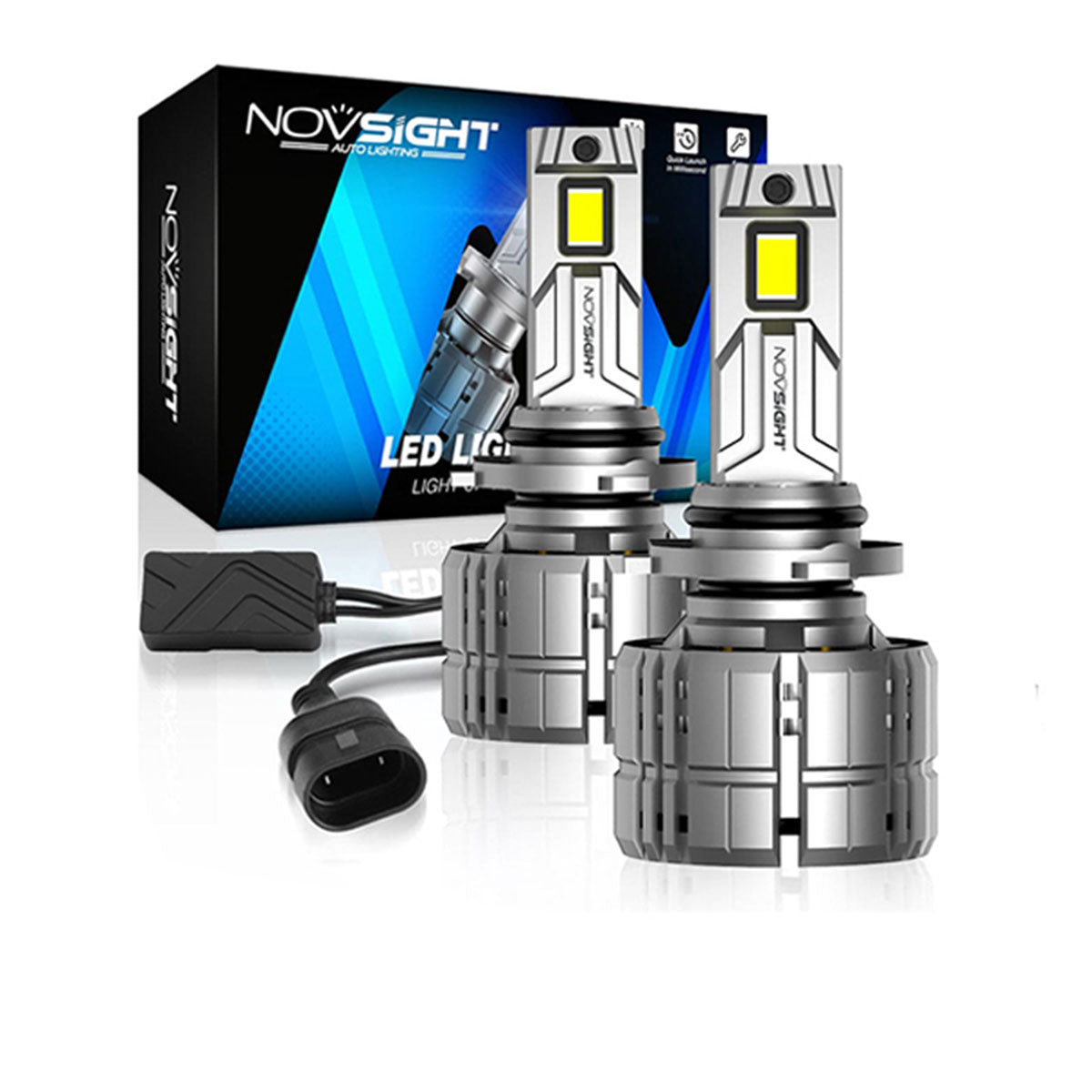
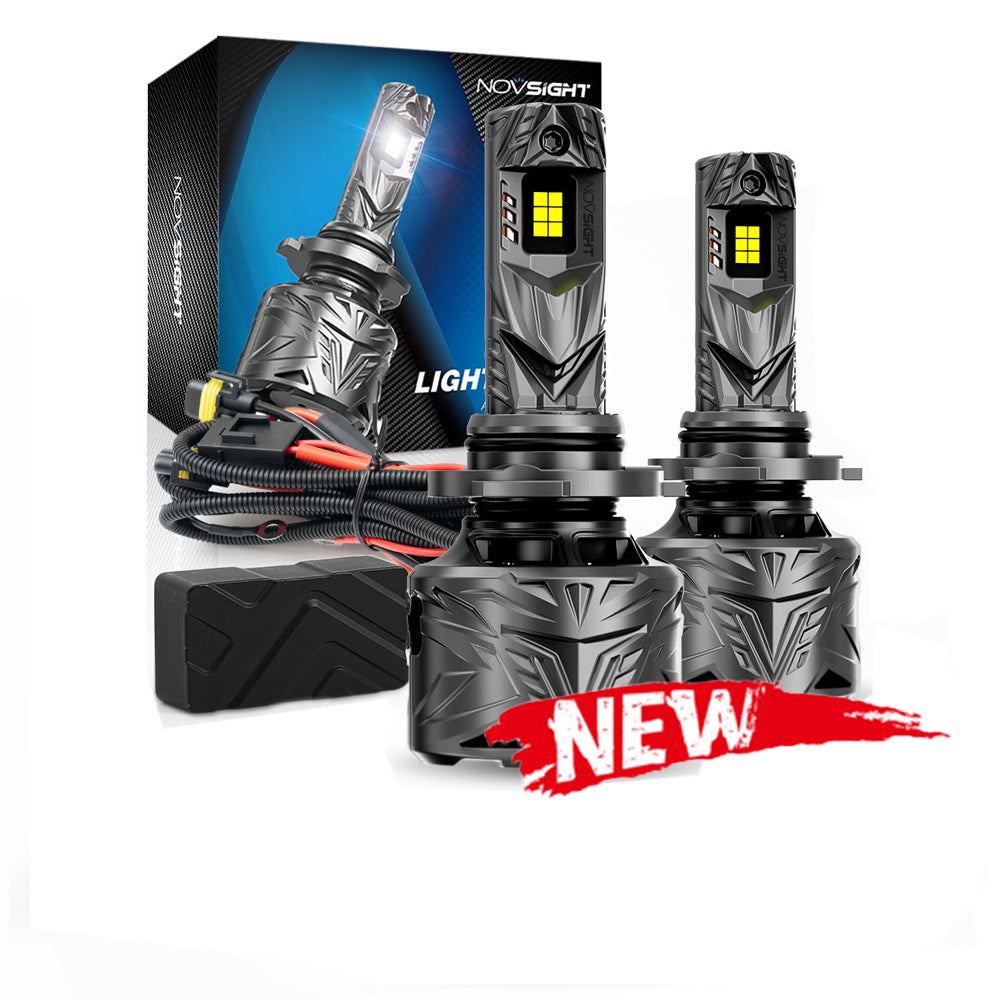

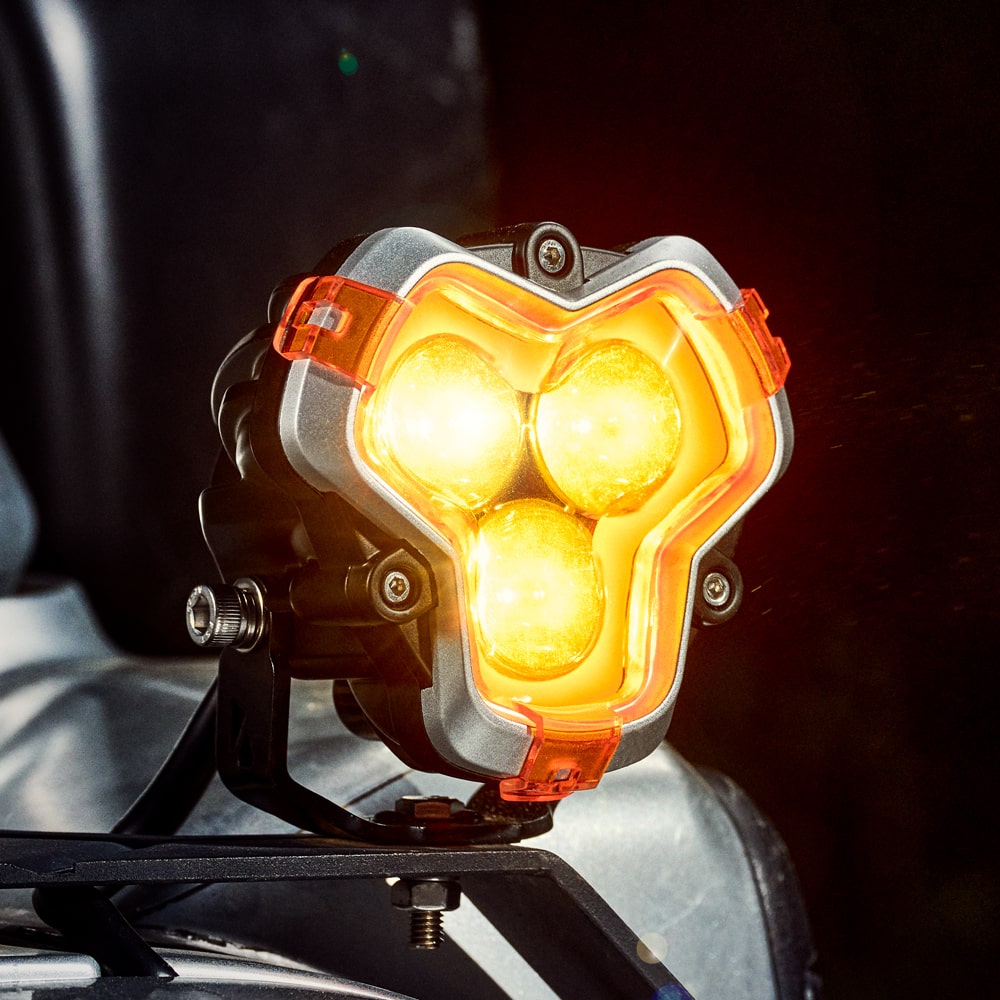

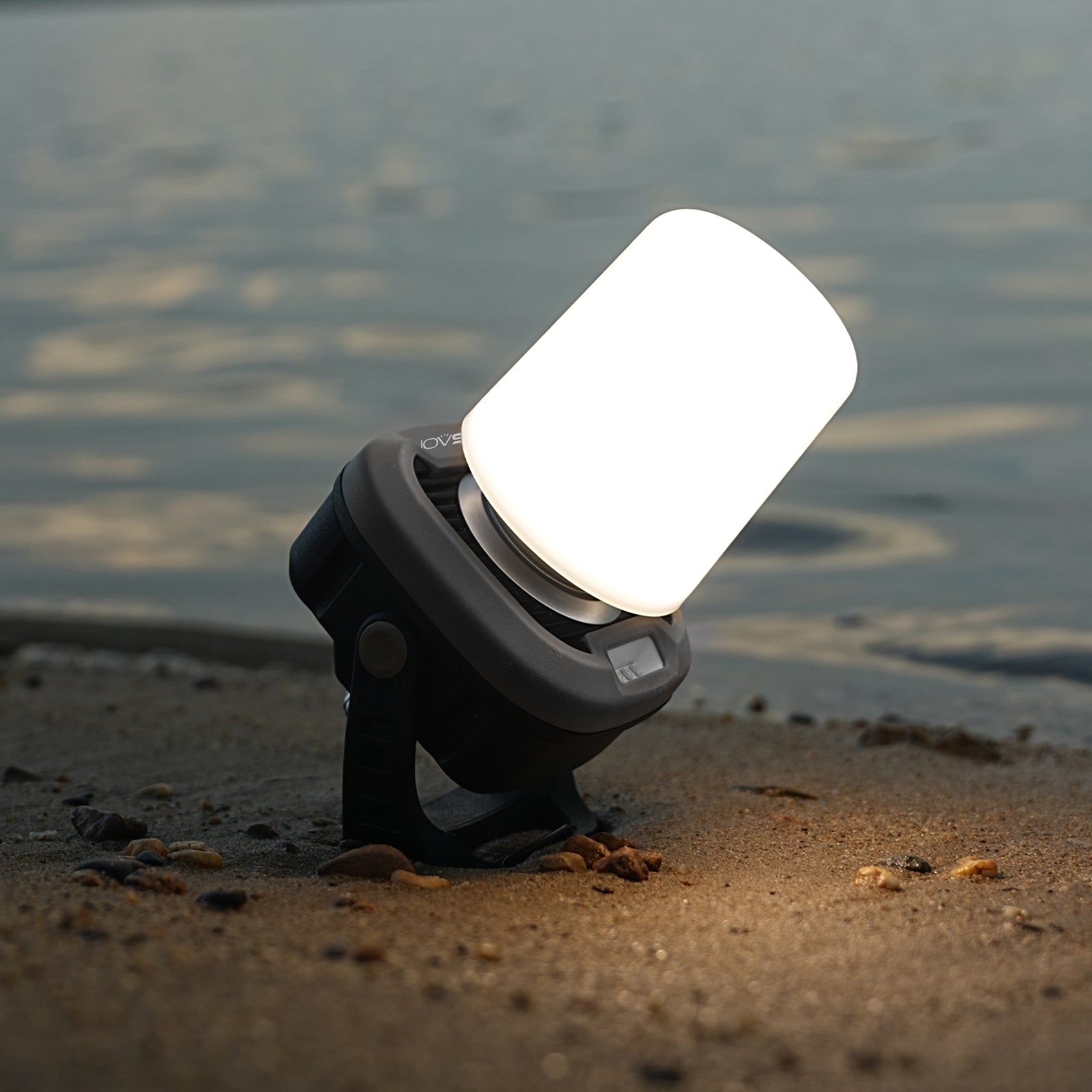
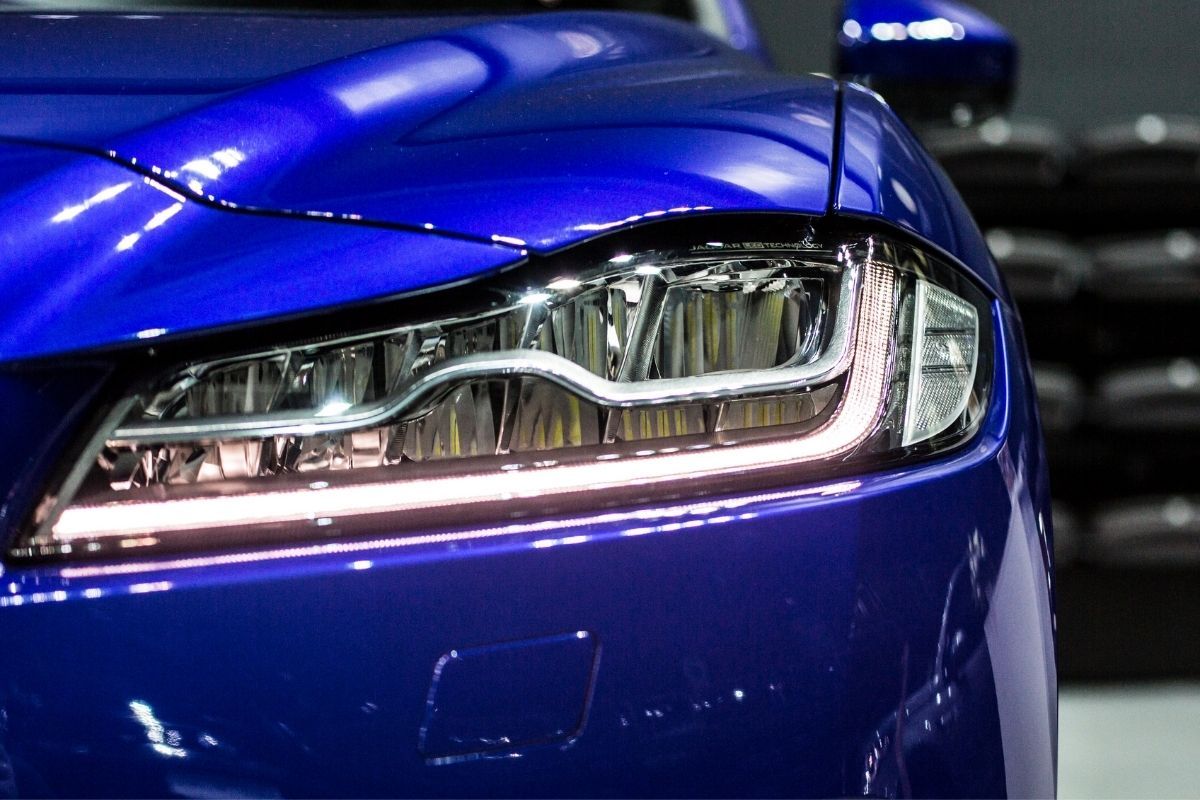


3 comments
Anonymous
More info on environmentally friendly LEDs ok? who agrees?
Jaideep Singh Sachdev
Anonymous
Excellent product!
Leave a comment
All comments are moderated before being published.
This site is protected by hCaptcha and the hCaptcha Privacy Policy and Terms of Service apply.